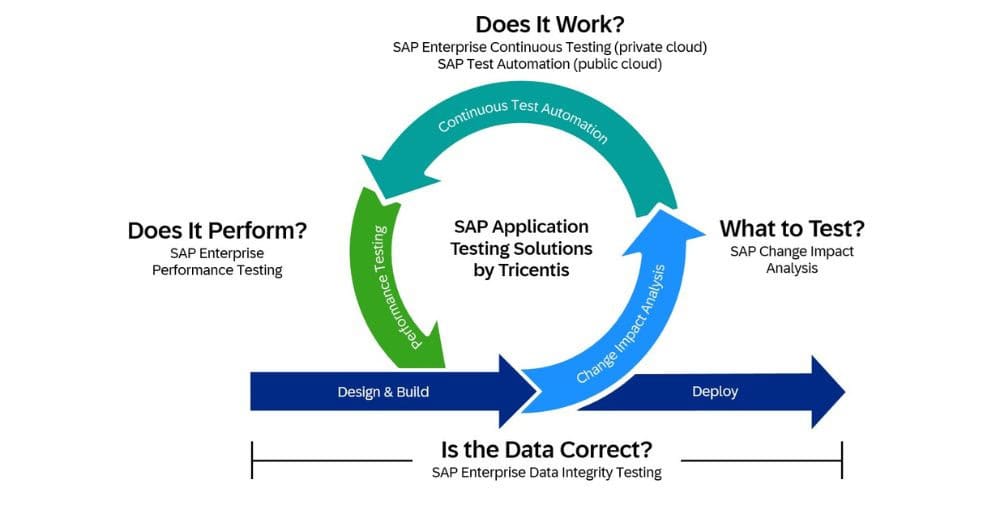September 10, 2024. From paralyzed flights to disruptions in healthcare, payment systems and banking, the recent IT outage caused by CrowdStrike has clearly shown us how vulnerable even the most established and modern IT landscapes are.
Categories
September 10, 2024. From paralyzed flights to disruptions in healthcare, payment systems and banking, the recent IT outage caused by CrowdStrike has clearly shown us how vulnerable even the most established and modern IT landscapes are.

Categories
Tags
Contact info
Silicon Saxony
Marketing, Kommunikation und Öffentlichkeitsarbeit
Manfred-von-Ardenne-Ring 20 F
Fax: +49 351 8925 889
Contact person:

What had actually gone wrong? An update for antivirus software was faulty.
Although the problem was identified and isolated and a fix was implemented hours later, it was already too late for millions of systems that people rely on every day. To restore the systems, organizations often have to take actions that could result in lost revenue, increased costs, operational inefficiencies, security breaches and worse, reputational damage – days, weeks or even months later.
But there is encouraging news surrounding this chaos: IT outages caused by faulty software deployments and updates are preventable. According to an IDC study , organizations that use the automation and integration capabilities of Tricentis’ SAP application testing solutions significantly improve the efficiency, throughput and results of their testing.
The software testing environment, which often ekes out an existence in obscurity when it comes to innovation, can prove to be a silent hero. By meticulously simulating real-life conditions, it can identify and solve potential problems long before they reach productive operation. This not only avoids the immediate chaos of an IT outage, but also strengthens the overall stability and reliability of the IT system.
In a global survey of organizations using Tricentis SAP application testing solutions, IDC found out how the technology prevents IT outages with its test environment without impacting productivity, performance or profitability.
Test cycles are shortened when potential problems are identified and fixed quickly enough to reduce the risk of implementing faulty updates. By analysing the impact of changes, it is possible to identify which conditions should be tested to minimize errors and which do not pose a risk. This can significantly reduce the number of conditions that need to be tested on an application compared to manual testing methods.
Tricentis SAP application testing solutions automate the testing process of identifying which programs, applications and integration links may be affected by a particular change. Instead of testing all conditions to mitigate all risks, organizations only need to physically process about 20 percent of the original scope.
In parallel, the automation capabilities of SAP application testing solutions do the rest. With this reduced testing scope, there are fewer errors and bugs when a newly developed application goes live – a reduction of 1.5 to 0.3 for each project.
By reducing the risk of disruptions occurring in the application during development and production, IT teams can improve the user experience for users. Frustration at work disappears, workload decreases and future support required is minimal.
Even though 70 percent of testing processes are already automated, companies can significantly reduce the cost of the testing cycle by fully automating it. For some teams, this means a saving of 10,000 person hours – working time that can be used for more strategic projects.
In addition, integrated machine learning functions in application test solutions can help to create so-called “self-healing” test cases. This can reduce testing costs even further. Self-healing test cases automatically adapt to application changes. This means that less manual intervention is required and the tests are consistently effective and reliable. This not only reduces the number of orders for test updates, but also increases the overall efficiency of the test process.
The additional benefit that automation brings to development, testing and quality assurance is easy to see: IT organizations that use manual processes typically release new applications and updates every six months. Now they can release new applications, features and mobile apps in as little as two months. More frequent releases make companies more competitive, allowing them to respond to market demands and improve the user experience faster.
Because automation cuts time by 99 percent, IT teams can run performance tests weekly or even more frequently, instead of just once a quarter. The regular testing helps to ensure that updates and new features work as intended and that the reliability and performance of the system is maintained.
Automation allows development teams to perform thorough performance tests more frequently, allowing the system to handle larger loads without compromising functionality and performance. This proactive approach to testing prevents problems before they occur and contributes to a more stable and efficient IT environment.
In addition, automated tests that check essential functions can reduce the number of manual regression tests. This saves valuable time that development teams can use for innovative and strategic projects. The result is a more agile development process where users receive new features and enhancements faster and more reliably.
Companies have their hands full trying to cope with the damage caused by such outages to their operations and reputation. It is therefore becoming increasingly clear that effective software testing environments are essential. By proactively monitoring IT systems rather than reactively managing crises, companies can reduce the risk of outages, ensure smoother operations and increase customer confidence.
Adequate software quality assurance goes beyond testing. It’s important to have an integrated environment that not only tests one aspect of a change, but also predicts how this may affect the performance and linkages of all applications within the system landscape.
This is why SAP application testing solutions from Tricentis play such an important role in many organizations. The world is evolving and bringing improvements to humanity with networks based on modern technology. An investment in such a solution could make the difference between a future where IT causes crises and a future where IT-enabled innovation improves our everyday lives.
Find out what cost savings and business benefits Tricentis’ SAP application testing solutions can bring you. And read the IDC Business Value Snapshot “The Business Value of SAP Application Testing Solutions by Tricentis”, commissioned by SAP and Tricentis.
– – – – –
Graphic: SAP